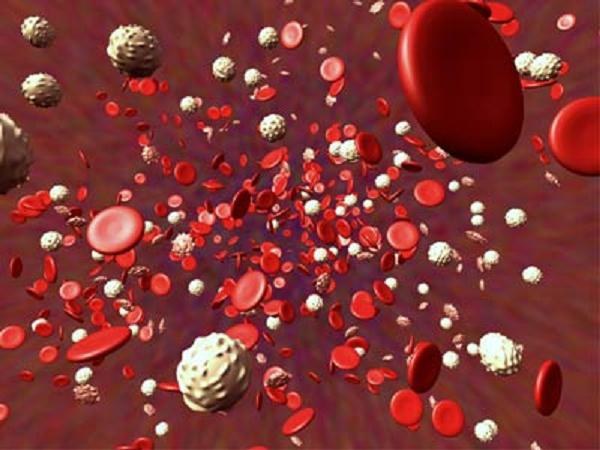Trombozitoze are divided into primary and secondary. The causes of primary thrombocytosis, as a rule, includes all chronic myeloproliferative diseases, including eritremii, chronic myeloid leukemia and essential thrombocythemia essential.
Secondary thrombocytosis may develop under the influence of many factors. The first of these it should be noted infection, including bacterial (meningitis, pneumonia), viral (hepatitis, gastroenteritis), fungal (candidiasis), and parasitic (toxoplasmosis) infections.
The increase in the number of platelets in the blood may contribute to the recent surgical intervention, post-traumatic stress disorder, and significant tissue damage (pancreatitis, tissue necrosis, enterocolitis).
Quite often the causes of thrombocytosis are inflammatory diseases of the body. When this occurs, the increased synthesis thrombopoetin – the hormone that regulates ripening process of division and output of blood platelets. Among such diseases include: chronic hepatitis, Kawasaki disease, juvenile chronic polyarthritis, sarcoidosis and other diseases.
Increase in blood platelet count, often contribute to anemia and splenectomy (or removal of the spleen). Prone to cause thrombocytosis and malignant (cancerous) disease. Key among these are neuroblastoma, lymphoma and hepatoblastoma.
The sources of the increase of platelets in the blood can be used in treatment drugs: corticosteroids and sympathomimetics (epinephrine, adrenaline).
To set the level of platelets in blood can the blood. Upon detection of the high content in their blood should not postpone the treatment of thrombocytosis for later. The consequences can be extremely serious: swelling of the fingers before the occurrence of thrombosis of unusual localization (e.g., hepatic or mesenteric veins), painful erythema and ischemic attacks.


